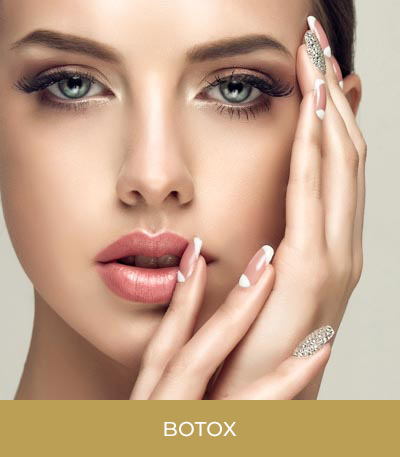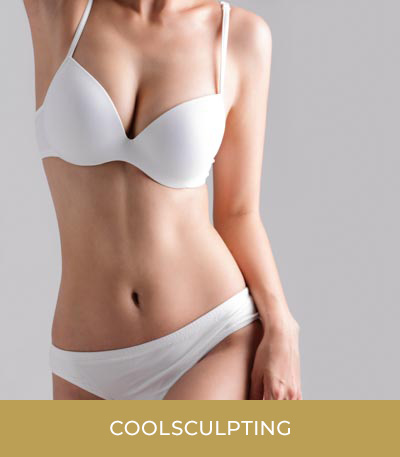VIDA Aesthetic Medicine offers a suite of options when it comes to dermal fillers, and the most popular active ingredient in these fillers is hyaluronic acid (HA). What is HA, why is it so prevalent in dermal fillers, and what can it do for you? HA is a naturally occurring product in the body that can be found in the dermal layer of the skin. However, similar to collagen, we naturally produce most of our HA at the peak of life. Our HA synthesizing capacity slowly diminishes over time and our body produces less of it.
At around age 50, we make very little HA. What HA we do have in our dermal layers starts to degrade and deplete. This is why skin really starts to wrinkle, deflate, and sag during our later decades. Of course, there is no magical age when this happens all at once. It’s very common to start seeing the signs of diminishing HA production earlier in life, and everyone loses their body’s HA synthesis at a different rate. Our skin type, race, and sex also play a role. People with northern European heritage, fair skin, and females tend to lose HA faster and earlier. Smoking and sun exposure can also exacerbate the loss of HA synthesis.
HA and Fillers
Some of the most well-known and popular dermal fillers that use HA include Juvederm, Restylane, Versa, and Belotero. All of these lines offer fillers to replace lost volume in the face and sometimes even in other areas like the tops of the hands. How much of a dermal filler you’ll need will depend on how much volume you’ve lost and how many areas of the face and body you’re treating. Tear troughs under the eyes may require one syringe of HA dermal filler or more. An entire facial rejuvenation might require an average of 6 – 10 syringes to restore symmetry and volume.
The cost per syringe varies based on the dermal filler used. On average, a single 1.0 cc syringe costs $650 – $750. A syringe equates to ¼ teaspoon of the product. HA dermal fillers deliver instant results (with a little swelling that will subside), but they are a temporary solution. The skill of the professional injecting also plays a big role in how the fillers look and how long they last, but on average dermal fillers might last one year at best. Choosing complementary, supplementary non-HA fillers like Radiesse or Sculptra help the body create its own collagen that doesn’t fade like HA fillers. Discover more about how dermal fillers work by calling VIDA at (503) 399-0021.




